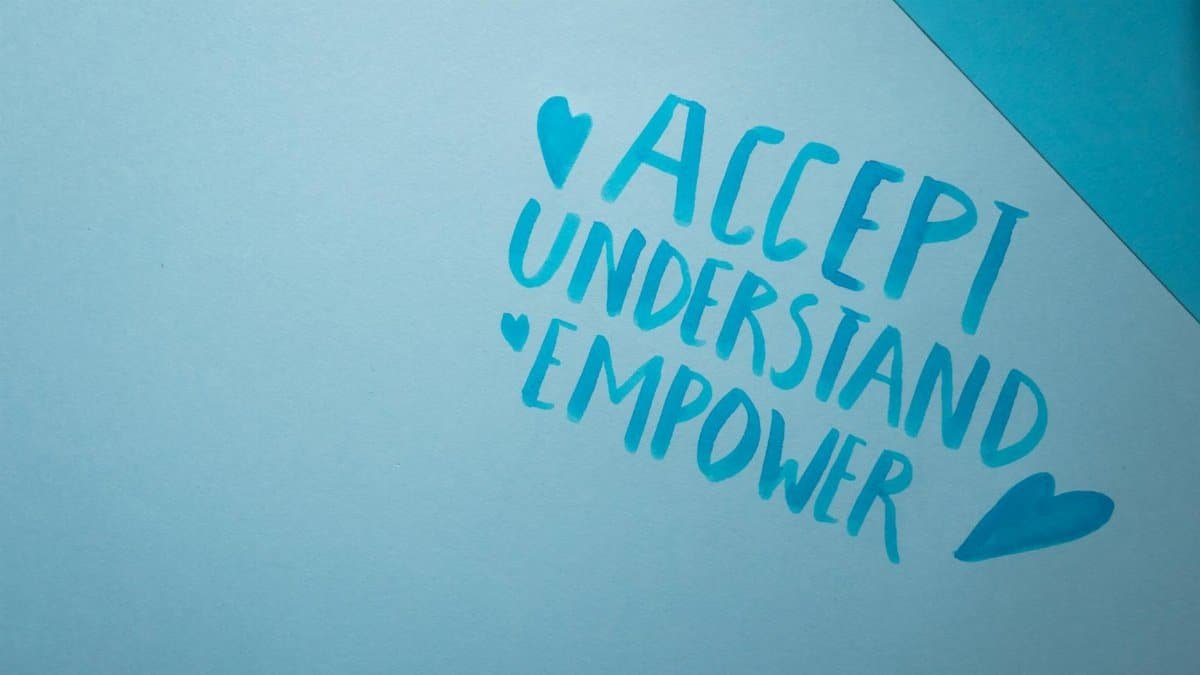In a world buzzing with distractions, a surprising stat reveals the truth: 70% of Americans report struggling with focus, according to a recent Pew Research survey, and efforts to force concentration often backfire. This phenomenon ties directly into mindfulness emotions, the practice of tuning into your feelings without judgment. Experts say pushing too hard triggers resistance, making mental clarity even more elusive. Instead, embracing emotional awareness could be the key to unlocking true productivity in 2025.
The Paradox of Forced Concentration

Forcing focus sounds logical, but science shows it often leads to the opposite. When you clamp down on wandering thoughts, your brain rebels. Researchers at Harvard University explain that this stems from cognitive fatigue. The more you try to suppress distractions, the stronger they bounce back. It’s like squeezing a spring; eventually, it snaps. This cycle exhausts mental resources, leaving you more scattered than before. Real productivity demands a gentler approach, one that acknowledges the mind’s natural rhythms rather than fighting them.
Understanding Mindfulness Emotions

Mindfulness emotions involve observing your feelings as they arise, without trying to change them. It’s not about ignoring emotions but recognizing them as temporary visitors. This practice, rooted in ancient meditation techniques, has gained traction in modern psychology. By staying present with your emotional state, you reduce the inner turmoil that disrupts focus. Therapists note that this awareness prevents emotions from hijacking your attention, creating space for sustained concentration without the burnout of forced effort.
The Role of Stress in Diminishing Focus

Stress amplifies the problem of forced focus. When anxiety builds, your body’s fight-or-flight response kicks in, narrowing attention to threats while ignoring broader tasks. A study from the American Psychological Association highlights how chronic stress impairs executive function, the brain’s control center for focus. Forcing concentration amid this chaos only heightens frustration. Incorporating mindfulness emotions can interrupt this loop, calming the nervous system and restoring mental bandwidth for what truly matters.
Practical Techniques to Embrace Emotional Awareness

Start small with mindfulness emotions to ease into better focus. Try a five-minute breathing exercise: sit quietly, notice your breath, and label any emotions that surface, like “frustration” or “boredom,” without judgment. Apps and guided sessions make this accessible. Experts recommend journaling emotions daily to build self-awareness. Over time, these habits reduce the urge to force focus, allowing it to emerge naturally. In busy U.S. workplaces, such techniques are becoming essential tools for maintaining edge in 2025.
Real-World Impacts on Productivity

Workers across industries are discovering that forcing focus leads to diminished returns. Tech professionals in Silicon Valley report higher error rates when pushing through mental blocks. Conversely, companies implementing mindfulness programs see gains. A report from the American Psychological Association’s Mindfulness Resources details how emotional awareness boosts efficiency by 20% in some teams. This shift isn’t just trendy; it’s a practical response to the demands of modern life, where distractions are constant.
Challenges in Adopting Mindfulness Practices

Not everyone finds mindfulness emotions easy to adopt. Skeptics dismiss it as fluffy or time-consuming. Beginners often struggle with racing thoughts, feeling more distracted initially. Cultural pressures in the U.S. emphasize hustle over introspection, making the switch tough. Yet, persistence pays off. Therapists advise starting with short sessions to overcome resistance. Addressing these hurdles head-on can transform how you approach focus, turning potential setbacks into stepping stones for mental resilience.
Scientific Backing from Recent Studies

Evidence supporting mindfulness emotions continues to mount. A 2023 study published in the Journal of Applied Psychology found that participants practicing emotional mindfulness showed improved attention spans compared to those using willpower alone. Brain scans reveal reduced activity in the amygdala, the fear center, during these practices. For deeper insights, check the National Institutes of Health’s PubMed Central on Mindfulness Research. Such findings underscore why forcing focus fails while gentle awareness succeeds in enhancing cognitive performance.
Integrating Awareness into Daily Routines

Making mindfulness emotions part of your day doesn’t require overhauls. During commutes or breaks, pause to check in with your feelings. In meetings, notice impatience without acting on it. Parents and educators are using these methods to model better focus for kids amid digital overload. As 2025 trends toward hybrid work, integrating emotional check-ins can prevent burnout. The goal is consistency, turning awareness into a habit that supports effortless concentration over time.
Long-Term Benefits for Mental Health

Beyond immediate focus gains, mindfulness emotions fosters lasting mental health. Regular practitioners report lower depression and anxiety levels, per data from the Centers for Disease Control and Prevention. This emotional grounding builds resilience against life’s curveballs. In a fast-paced society, where forcing outcomes is the norm, this approach offers a counterbalance. It encourages accepting the present, reducing the self-imposed pressure that erodes well-being. Ultimately, it’s about working with your mind, not against it.
Shifting Perspectives on Effort and Ease

The cultural myth that harder effort equals better results is crumbling. Forcing focus exemplifies this flaw, often leading to exhaustion. Mindfulness emotions flips the script, promoting ease as a path to achievement. Influential figures in business and wellness advocate this mindset shift. As U.S. trends evolve in 2025, expect more emphasis on sustainable practices that honor emotional realities. Embracing this can redefine success, making productivity feel less like a battle and more like a natural flow.
